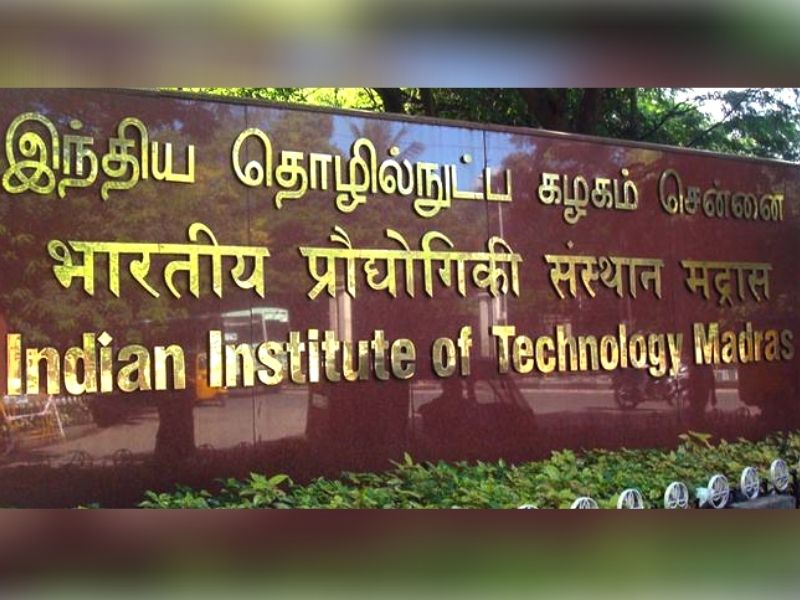Researchers at the Indian Institute of Technology, Madras have developed a new approach for accurate detection of earthquakes that works on the principles of identifying the first waves in earthquake signals, allowing a small window to save lives.
Experts have said that the estimate of accurate time of arrival of non-destructive waves of earthquakes would not only help in developing a robust ‘Early Warning System’ but also allow about 30 seconds to 2 minutes, the detection of which is subject to the distance of epicentre location from the monitoring site or plant till the destructive surface waves hit the ground.
Experts believe that even as the time is very little, crucial tasks such as shutting down reactors, halting metros or bringing down elevators in high rises to the closest floors might be accomplished.
These research findings were given by Kanchan Aggarwal (First Author), PhD Scholar, IIT Madras, under the guidance of Prof Arun K Tangirala, Department of Chemical Engineering, IIT Madras. The research was partially funded by the Board of Research in Nuclear Sciences, an advisory body of the Department of Atomic Energy.
Kanchan Aggarwal, said, “Information of P-wave arrival is crucial in determining other source parameters of the event such as magnitude, depth and epicentre location. Therefore, a solution to the P-wave detection problem that is robust, accurate and precise is essential in order to estimate the event details correctly and to reduce the damage caused by the earthquake or other triggered events.”
The science: The ground is at constant unrest mainly due to waves in the ocean, changes in the earth’s crust, atmospheric variations and human activities. Seismic signals can be generated from either natural (earthquakes, volcanic eruptions, tsunami, etc) or man-made (heavy traffic, nuclear explosions, mining activities, etc) sources. Regardless of the source, all seismic events release energy proportional to their scale. This released energy moves out in all directions as a wave and is recorded as a seismic signal by a seismometer. Seismograms are recordings of ground vibratory motion obtained from a seismometer.
Analysis of these seismograms is vital to understanding the earth’s activity and in setting up early warning systems for earthquakes, determining the source locations and detecting the source of other seismic events. Detecting or predicting the damaging part of an earthquake holds great value in protecting lives and preventing loss of property.
Also read:
IIT Madras researchers find harmful chemicals in Cauvery waters
IIT Madras researchers develop voice-based vernacular solutions for digital payment
